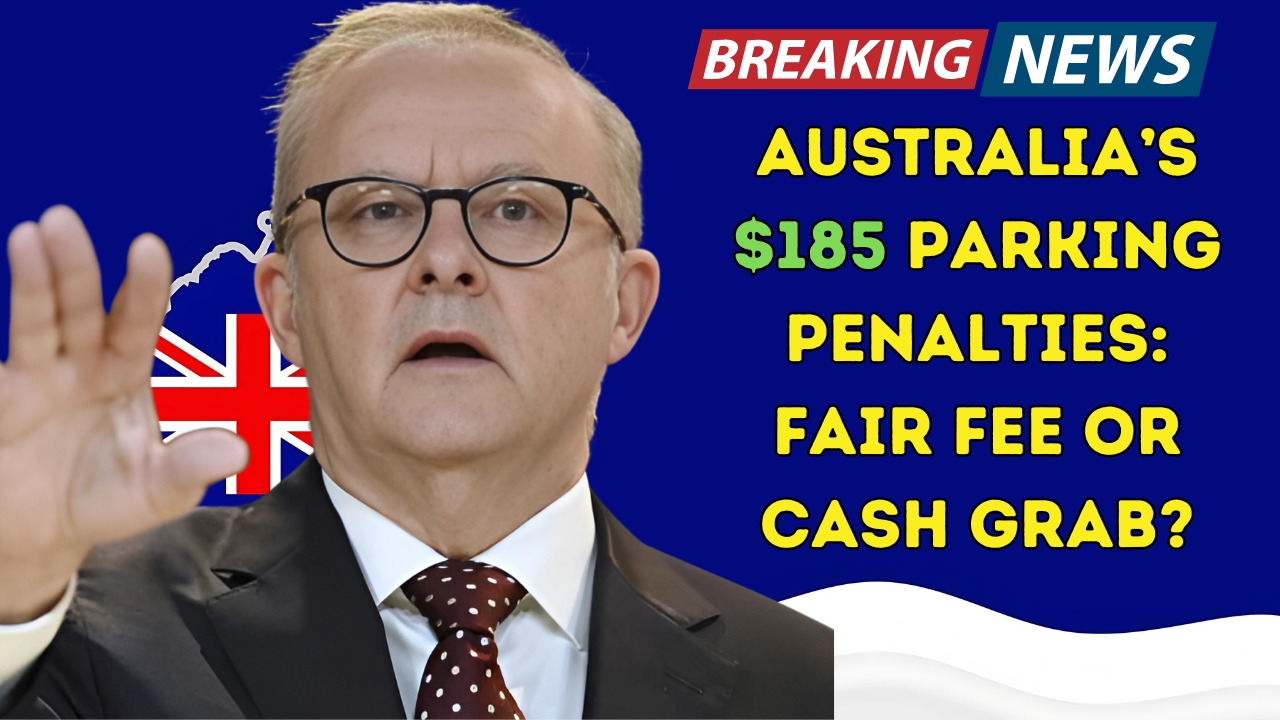Australian drivers are facing increasingly hefty parking penalties, with fines around $185 becoming commonplace across major cities. As local councils and state governments continue to ramp up enforcement, the question arises: are these penalties justified safety measures or simply revenue-raising exercises?
The Current Penalty Landscape
NSW drivers lost over $200 million to parking fines in 2024, highlighting the significant financial impact on motorists. The penalties vary significantly across different states and territories, reflecting the complex patchwork of Australian parking regulations.
Parking fines range from $102 to $204 for the 2025-26 financial year in Melbourne, while other jurisdictions have implemented their own fee structures. Brisbane uses penalty units valued at $166.90 as of July 1, 2025, bringing many common parking violations close to the $185 mark.
Recent Reform Efforts
NSW introduced the Fines Amendment (Parking Fines) Bill 2024 in September 2024 to reform the parking fine system to make it fairer, more transparent and in line with community expectations. These reforms took effect from July 1, 2025, ending the controversial practice of ticketless parking fines.
The government has done away with ticketless parking fines, deeming the practice “unfair”. Under the new system, councils must now provide on-the-spot notifications and photographic evidence, giving drivers immediate awareness of violations.
High-Risk Violation Areas
School zone violations made up 24% of all parking fines last year, according to Transport for NSW. The most expensive violations include stopping in a bus zone during school hours, which carries a $349 penalty.
Common Penalty Triggers
Understanding where penalties are most likely to occur helps drivers avoid costly mistakes. The data shows that many violations stem from unclear signage, time limit misunderstandings, and emergency stopping situations that drivers believe are justified.
The Revenue Debate
Critics argue that parking penalties have become a significant revenue stream for local governments rather than genuine traffic management tools. All penalties, fees and charges in NSW have increased by 3.2 per cent from July 1 to reflect the CPI, suggesting automatic annual increases regardless of effectiveness.
The substantial amounts collected raise questions about proportionality. When parking violations generate hundreds of millions annually, it becomes difficult to separate genuine safety enforcement from budget supplementation.
Transparency and Fairness Measures
Recent reforms attempt to address fairness concerns. In 2024, 23% of appeals won lighter or no fines, indicating that many penalties may have been incorrectly issued or disproportionate to the violation.
Australia’s $185 Parking Penalties
As Australian cities continue to grow and parking becomes scarcer, the debate over penalty levels will likely intensify. The challenge lies in balancing legitimate traffic management needs with fair and proportionate enforcement that doesn’t unduly burden drivers.
| State/Territory | Typical Fine Range | Key Features |
|---|---|---|
| NSW | $185-$349 | Reformed system, photo evidence required |
| Victoria (Melbourne) | $102-$204 | Penalty unit system |
| Queensland (Brisbane) | ~$167 | Standard penalty unit value |
| Western Australia | Up to $700 | Higher penalties for phone use |
Frequently Asked Questions
Q: Can I appeal a $185 parking fine? A: Yes, you have 28 days to contest the fine through your state’s revenue office, with photographic evidence now required for most violations.
Q: Why do parking fines vary between states? A: Each state sets its own penalty units and fine structures, leading to significant variations in parking penalty amounts across Australia.
Q: Are parking fine increases automatic? A: Most states adjust fines annually based on the Consumer Price Index (CPI), meaning penalties typically increase each financial year.
ALSO READ: Australia’s Drivers Licence Revolution: 2025 Changes That Shocked the Nation!




